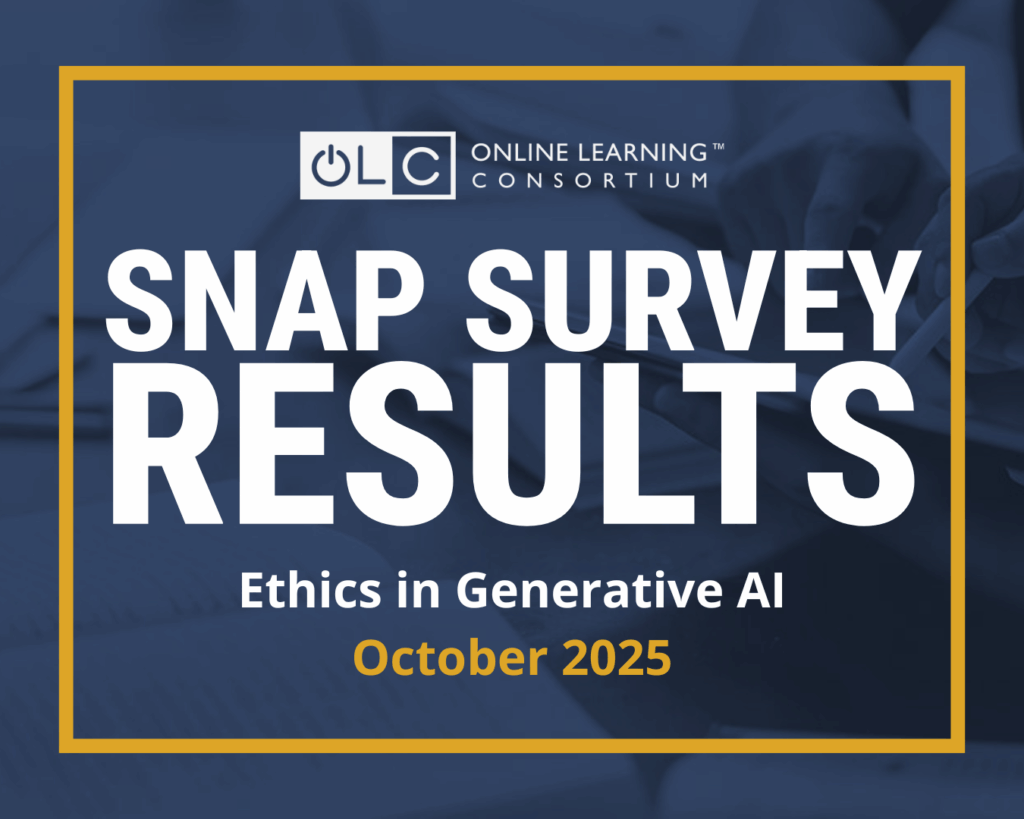Leaders across education and workforce development are being asked to integrate AI—but the most important work isn’t technical. It’s cultural.
The most effective learning leaders are shaping environments where AI adoption is not only strategic, but also human-centered. They’re creating space for trust, fueling curiosity, and aligning innovation with purpose—ensuring AI doesn’t just land, but actually take root.
Let’s start with a truth I keep hearing—and saying—in conversations with learning leaders: AI success depends more on culture than on technology.
Whether it’s a school district navigating new tech policies, a university rethinking assessment, or a corporate L&D team exploring automation, there’s a shared recognition that AI is here. And the real challenge isn’t just what tools we use—it’s how we lead through change.
In my work and discussions across sectors, I’ve seen that the most effective leaders aren’t rushing to implement. They’re building the cultural foundations that make innovation possible. They’re shaping learning cultures rooted in trust, curiosity, and purpose-driven innovation—and they’re doing it with intention, not impulse.
Trust starts with transparency and collaboration
Educators, staff, and learners are asking important questions about AI: What does this mean for my work? Can I trust these tools? Will AI change the learning experience—for better or worse?
And they deserve honest answers—or at least, honest conversations.
Trust doesn’t emerge from rollout plans or vendor demos. It grows when people feel heard and respected. When leaders pause to engage their communities before finalizing policies or launching pilots, they send a powerful signal: We’re building this with you, not for you.
This kind of trust-building can start with simple, collaborative actions. In K–12 settings, engaging teacher leadership teams early in the conversation can help frame AI as a tool to support—not replace—educators. In higher education, faculty and students might collaborate on developing shared principles or guidelines for responsible AI use. Corporate L&D teams could invite early adopters to test tools and offer feedback before broader rollouts. These approaches not only surface valuable insights but also reinforce that AI integration is something done with people, not to them.
These efforts take time. But they’re worth it. Because when people trust the process, they’re far more likely to engage with the outcome.
And it’s not just about including different stakeholders. It’s also about consistency. Trust is reinforced when leadership decisions align with organizational values—especially when it comes to issues like data privacy and academic integrity.
If AI is going to have a meaningful role in learning, it has to be implemented in a way that reflects the culture we want to preserve—not just the systems we want to improve.
Curiosity makes innovation accessible
In a moment of rapid change, curiosity is more than a mindset—it’s a strategy.
We often hear the phrase “lifelong learning,” but how often do we model it ourselves? As AI evolves, it’s not realistic to expect every educator, faculty member, or trainer to become an expert. But it is realistic—and powerful—to create space for exploration.
Some ways to foster that culture of exploration can be surprisingly simple. For example, schools might host “AI learning circles” where teachers can try tools together and reflect on what works. A university department could hold monthly “experiment and share” sessions that invite faculty to bring real use cases. In a corporate setting, L&D teams might launch self-paced internal challenges that encourage staff to apply generative AI to one part of their workflow.
These kinds of low-stakes, collaborative spaces don’t require major resources—just intentional time and trust. They signal that curiosity is not only welcomed, but supported. And they make exploration feel accessible rather than intimidating.
When leaders model curiosity—by asking open questions, sharing what they’re learning, and even showing early drafts of their own AI experiments—they signal that exploration is not only allowed, but encouraged.
That kind of culture opens the door to creativity, lowers resistance, and builds confidence. And when people feel safe enough to ask, “What if?”—they often discover new ways to work, teach, and learn that they never imagined.
Innovation works best when it’s mission-aligned
The AI conversation moves fast. New tools appear weekly. But just because something is new doesn’t mean it’s necessary.
The best innovations aren’t driven by hype. They’re driven by purpose.
I’ve seen organizations pause before implementing a tool to ask: What are we trying to improve? What do our learners or teams actually need? How will we measure progress—and how will we know it’s working?
Sometimes that leads to exciting breakthroughs. For example, an L&D team uses AI to personalize onboarding for new hires, improving relevance and engagement from day one. A university uses AI-assisted transcription and translation to make course content more accessible for multilingual learners. A school district explores AI tools to reduce administrative load and free up teacher time for deeper instruction.
But sometimes, it leads to a different kind of clarity: realizing that a proposed tool doesn’t actually support the mission—or that the timing isn’t right.
That’s leadership too.
Mission-aligned innovation doesn’t mean saying yes to every opportunity. It means making choices based on strategy, not urgency. Piloting with purpose. Learning as you go. Scaling only when the value is clear.
When AI becomes a tool in service of your goals—not a goal in itself—it has the potential to truly transform.
The best AI leaders today are leading as learners
I’ve been in conversations where senior leaders openly admitted they weren’t sure how to approach AI—but they were committed to learning. And that honesty created room for others to say, “Me too.”
Leading in this moment doesn’t mean being the expert in the room. It means asking better questions. Creating space for shared exploration. And connecting dots across departments, roles, and sectors.
K–12 leaders are thinking about digital citizenship and how to prepare students for a future shaped by AI. Higher education faculty are wrestling with how to assess learning in ways that prioritize critical thinking. Corporate learning teams are evaluating how AI can enhance—not dilute—human connection in upskilling and reskilling efforts.
Each of these groups has insight to offer. And we all benefit when those insights are shared—not in silos, but in community.
Leadership in the age of AI requires humility, adaptability, and a deep commitment to growing alongside your team.
Culture first—then tools
AI is changing the landscape of learning—but its success depends on how we show up as leaders.
This isn’t just a tech adoption moment. It’s a cultural one.
When we lead with trust, encourage curiosity, and stay aligned with purpose, we create space for AI to enhance—not diminish—the human side of learning.
That’s the opportunity. And the responsibility.





